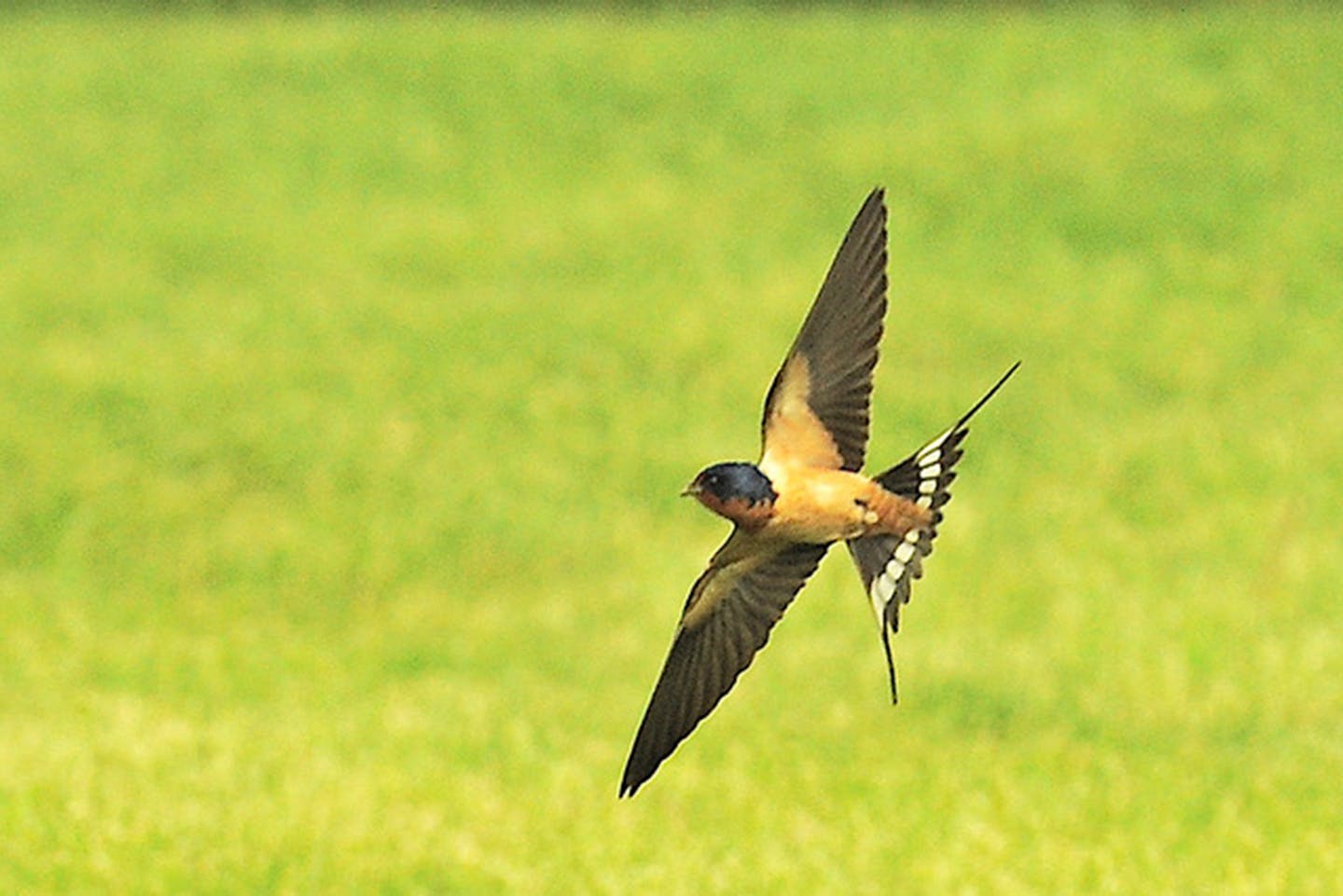The four most numerous bird species in the world as listed by the National Academy of Sciences (NAS) — house sparrow, barn swallow, European starling and ring-billed gull — are found in Minnesota in substantial numbers.
Of the 9,700 species studied, these four species each have an estimated world population of over 1 billion, according to an article in the NAS journal.
The world estimates are house sparrow 1.6 billion, European starling 1.3 billion, ring-billed gull 1.2 billion, and barn swallow 1.1 billion.
At the other end of the list are 1,180 species, 12% of world totals, each noted as having fewer than 5,000 individuals.
A population of 5,000 or less should be considered shaky ground, according to the article. Those birds face the same problem as our passenger pigeons did, going from billions to never in less than 500 years.
Normal time for a natural extinction would be millions of years, unless, as was the pigeons' fate, humans give nature a huge push. We can define that today as habitat loss exacerbated by climate.
House sparrow numbers in Europe are dropping, according to research published in the journal "Ecology and Evolution." Populations in the European Union almost halved between 1982 and 2017. Change in farming practices was given as one reason for the decline.
"The sparrow population remained the largest among the more than 300 bird species analyzed in the study, but also suffered the most dramatic relative decline," according to study participants.
Farmland in Europe has become a more hostile environment for birds because of growing industrialization of agriculture and use of chemicals, which shrank insect and subsequent bird populations, the study reported.
The same conditions exist in North America, certain bird populations here affected by current farming practices.
A 2021 study published in the Proceedings of the National Academy of Sciences (PNAS) estimated that there are about six birds for every human on the planet. That gives us a total world bird population of about 50 billion.
And how many species if you aim for a definitive life list?
The PNAS study estimated 9,700 for the world. The Cornell Lab of Ornithology using its data comes up with an estimated 10,800 species. Very close to that was the number published by the International Ornithological Committee, a precise 10,933.
The IUCN (International Union for Conservation of Nature and Natural Resources) says more than 11,000 bird species have been identified to date.
The American Museum of Natural History disagrees with everyone. Using a different and broader methodology, it suggests that the actual number of wild bird species in the world is closer to 18,000.
Whatever the number, where are these birds? Over 3,000 species are in South America, one-third of them in the Amazon rain forest, according to the IUCN. An estimated 20% can be found in Peru, a Birdlife International census recently counting 1,869 species. A similar count in Colombia topped out at 1,865 bird species, another estimated 20% of the world total (depending on which world total you choose).
Safe to say, worldwide, no one really knows for certain, but for sure we do have four of the most numerous species.
Lifelong birder Jim Williams can be reached at woodduck38@gmail.com.









